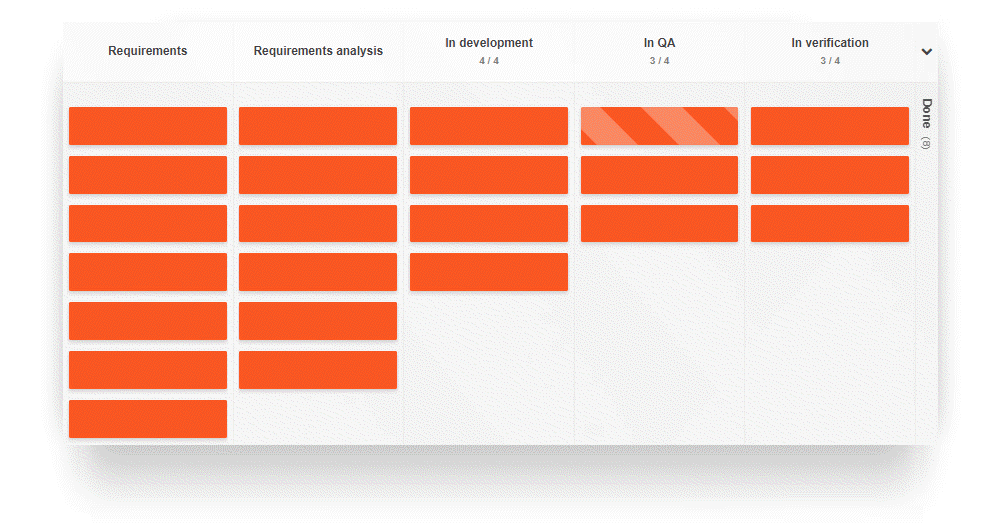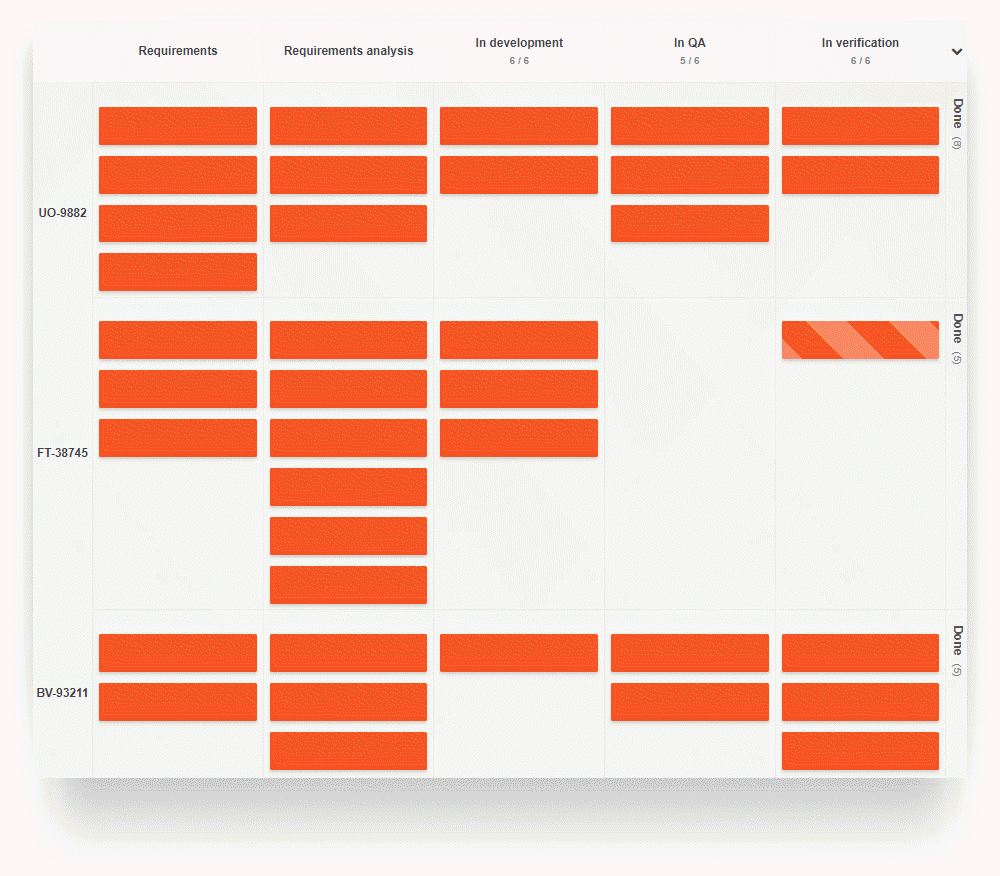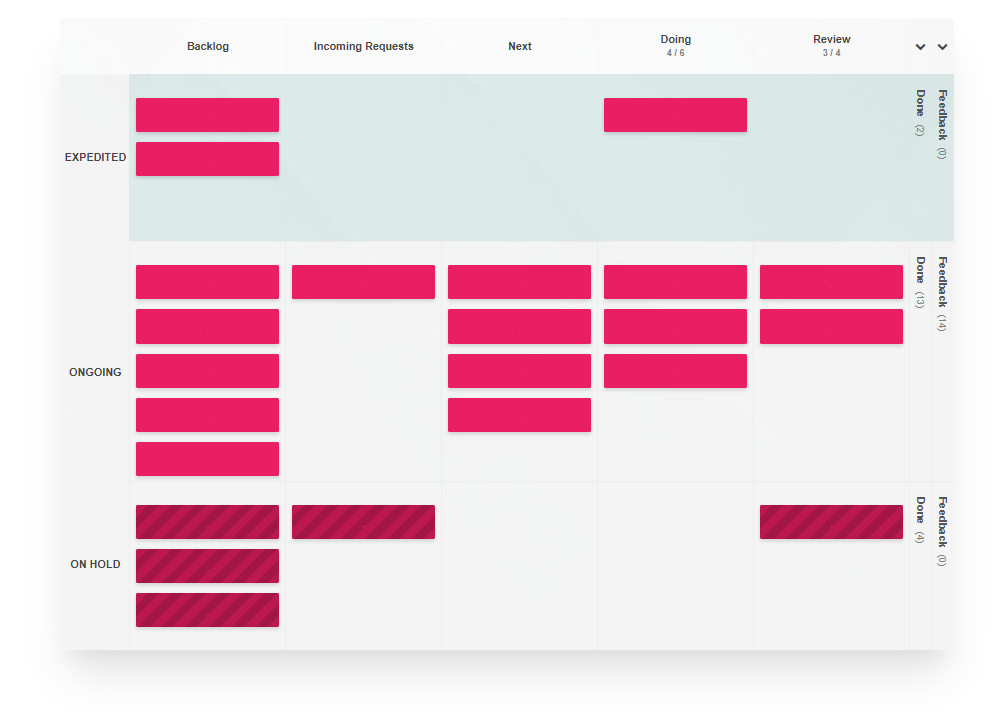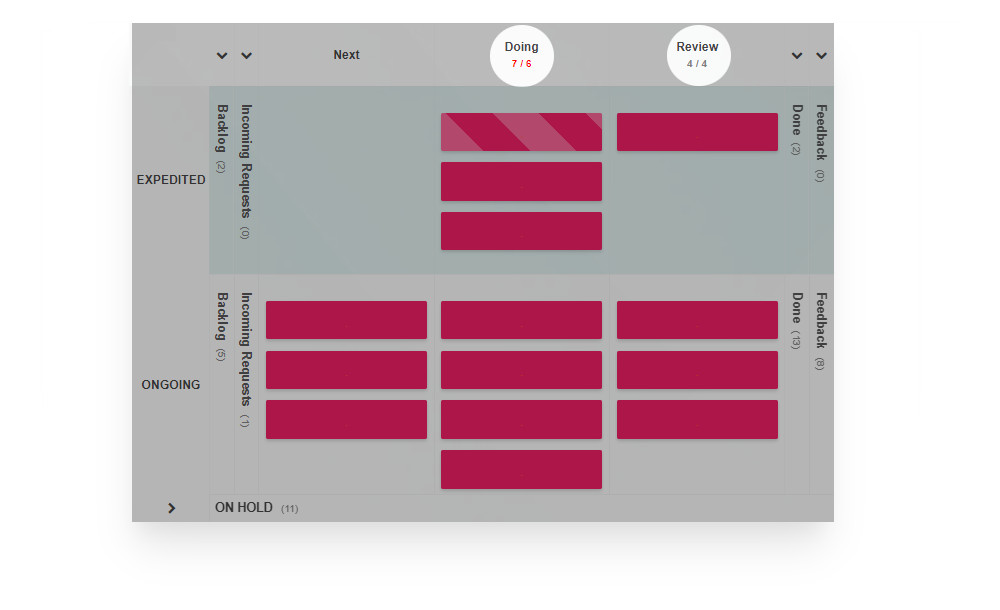Blog
Mastering Project Portfolios Through Kanban Board Swimlanes21 Nov 2023

When new teams embrace a Kanban board to visualize and manage their projects, they often witness remarkable results. By embracing tasks in a newly transparent manner and benefitting from the peace of mind that Work in Progress (WIP) limits provide, teams naturally progress towards adopting Kanban in various other work areas. It's an understandable shift - what proves effective for project management tends to apply seamlessly to resource planning, company management, HR, finances, sales, and marketing.
The application of Kanban boards to oversee multiple projects and business operations concurrently is a dynamic strategy. It ensures optimal resource allocation, efficient time management, and robust operations oversight. Originating from Lean manufacturing principles, Kanban places emphasis on visualizing work, constraining work in progress, and iteratively refining workflow.
Multiple project management: Workflow stages
Begin by establishing a dedicated Kanban board for each project or specific area of your team's work. Tailor each layout to reflect specific workflows, utilizing columns that represent different stages of work, ranging from backlog to completion.

Multiple project management: Workflow instances - swimlanes
To add depth to a specific board, incorporate swimlanes - rows spanning across columns. These represent tasks related to different clients, projects, products, work types, or urgency. For instance, when managing software products for various clients, using swimlanes allows teams to view all efforts at a glance while easily focusing on a specific product when necessary.

This approach provides real-time updated information about tasks in progress across software projects. By collapsing or hiding swimlanes, teams can effortlessly switch between broad overviews and focused details.
Different business operations management
A Kanban board for business operations might consist of stages such as Backlog, Incoming Requests, Next, Doing, Review/QA, Done, and Feedback. Implement swimlanes to separately track items based on their status, whether Blocked, High Priority/Urgent, or On Hold.

The feasibility of using a unified board across all operations or specific subsets depends largely on company size. Larger organizations with several teams in each department might benefit from creating process boards for individual sectors of their business management activities. Each department's team flow can be tracked through designated swimlanes.
Improving work visibility with Kanban
In both cases - project-specific or departmental boards - these Kanban boards offer combined process performance metrics, providing a holistic view of operations. This consolidated perspective aids in assigning tasks based on skills and capacity, fostering a clear understanding of task ownership across all work items.
Implementing Work in Progress (WIP) limits prevents teams from taking on excessive work, ensuring a steady and manageable flow. Kanban's flexibility allows adaptation to shifting priorities or unforeseen issues, promoting adaptability and responsiveness.

By implementing Kanban boards at both project and portfolio levels, organizations establish transparency, enhance communication, and offer a unified visual representation of the entire project landscape. This approach facilitates informed decision-making, efficient resource allocation, and optimizes the overall delivery process across multiple projects.
Sign up for a 14-day free trial
to test all the features.
Sign up now and see how we can help
your organization deliver exceptional results.